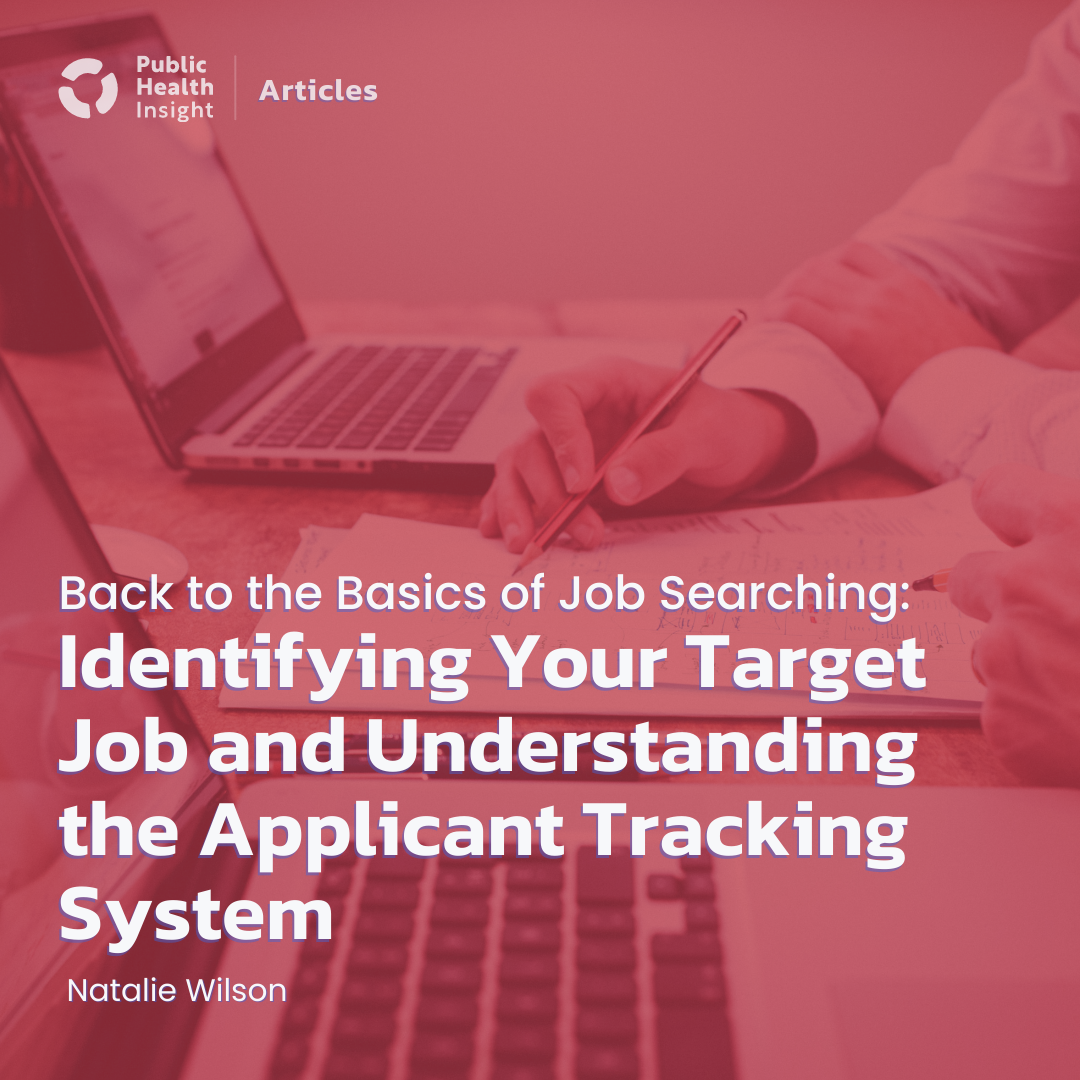
26/9/2022
“Recruiting is hard. It’s just finding needles in the haystack. You can’t know enough in a one hour interview.”
– Steve Jobs
From new grads to experienced professionals, a common question has arisen over the past few years: how does my previous job search strategy hold up in a post-pandemic job market? Although different generations of professionals may vary slightly in their job search strategies, the important concepts remain the same throughout.
In this blog post, we will break down:
The job market has evolved far beyond the days of paper copy resumes and strictly in-person interviews, and its growth into a more digital space has only been accelerated by the COVID-19 pandemic in recent years. Critical job search strategies such as online applications and networking are not new concepts to those who have had recent job hunting experience, and these techniques remain important today more than ever before. Jobs are posted online for a reason: to increase accessibility to the widest pool of qualified applicants and for ease of reviewing applications for recruiters. Some online job postings receive large volumes of applications, so it is important to make sure yours stands out from the crowd. With the plethora of job postings online, it is also important to identify your target job so that you can refine your job search as well as allow yourself to craft competitive applications for the jobs you really want.
One of the most valuable steps in narrowing down your target job is networking. Connecting with individuals currently in the sorts of roles that you are interested in can allow you to gain a better understanding of what their job is like on a day-to-day basis and help you to determine if you can envision yourself in a similar role. Identifying a target job before beginning your job search allows you to be more efficient in your applications, and allows you to tailor your application closely to your specific roles of interest. You should aim to identify your target job, or a couple of target jobs, even before you prepare your resume. Many job seekers like to have a “primary resume” that lists all of their experiences with detailed points on each, and then customize a resume specific to their target job by cutting out experiences that might not be relevant to the position or tailoring the wording to better display their suitability for the target role. Instead of submitting a generic cover letter and resume, an application suited for your target role allows the recruiter to see exactly how you could fit and increases your chances of an interview.
Applicant tracking systems are frequently used by recruiters, yet remain a bit of a mystery to the everyday job applicant. An applicant tracking system (ATS) is an automated software that is used to manage job candidates. These softwares can be used in a range of ways from simply accepting and organizing applications, to actually screening resumes and cover letters in early stages of the application process. In some cases, especially for jobs receiving large volumes of applications, the ATS will filter out strong resumes before a recruiter even reviews the applications. Not all recruiters rely on an ATS to read their resumes because they tend to be imperfect judges of applicants, however it is important to consider that an ATS may be involved in any online job application. It is important to use an ATS-friendly resume any time you are applying to a position that could involve this kind of technology. Some resume features like designs, logos, and fancy formatting might look nice to the human eye but could be misinterpreted by an ATS, leading to your resume being discarded before a recruiter even lays eyes on it. To avoid this, use simple formatting, standard resume headings, and make sure to include keywords that are listed in the job description. Tailoring your resume so that it is suitable for both a human reviewer and ATS review can maximize your likelihood of a successful application.
Now that you understand how to job search efficiently, you are ready to take on the application process! With so many online jobs/positions to pick from, choosing quality over quantity of your applications can help you be more successful in landing an interview, and hopefully an offer, for your target role.
Written By: Natalie Wilson